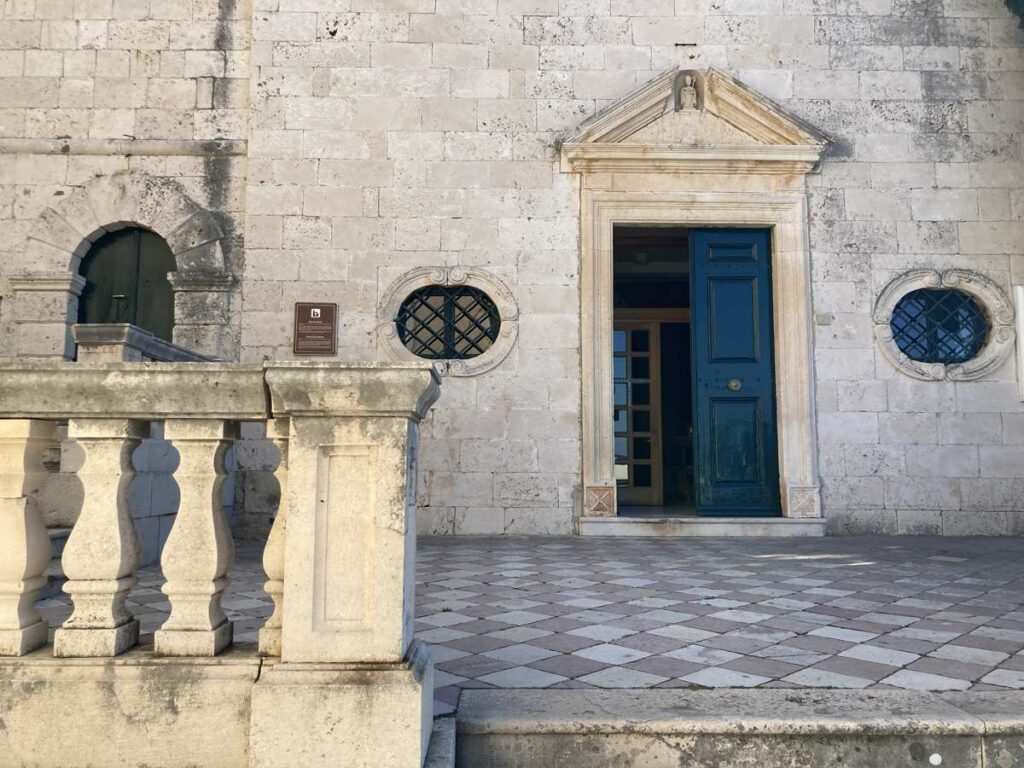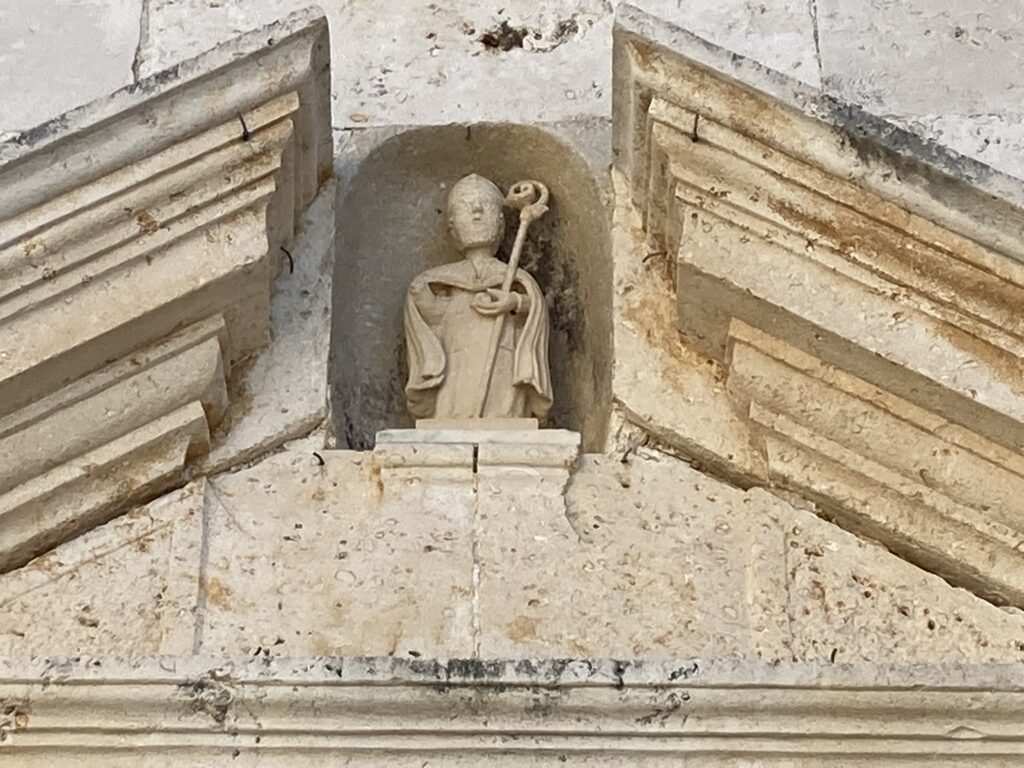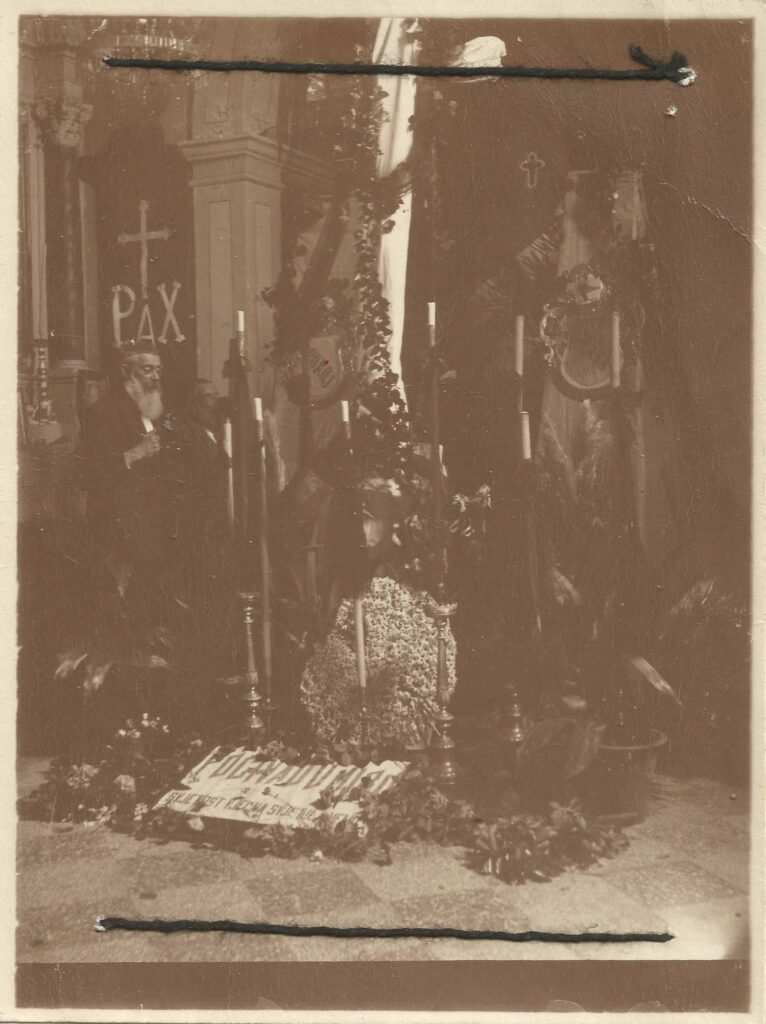Along with Pločice and Gruda, the Cavtat parish is the oldest Konavle parish following Konavle’s annexation to the Republic of Dubrovnik in the 15th century.
Although no material remains have been unearthed, the evidence of the first Christian community in this area – that of the Roman Epidaurum – is found in written sources. Epidauritan bishop Fabritius is mentioned at the first Salonitan Council in 530 C.E., while at the end of the same century, around 590 C.E., historical sources indicate that Pope Gregory the Great resolved a dispute between Epidauritan bishop Florentius and Salonitan bishop Natalius. Unfortunately, there is no information concerning the location of the seats of the aforementioned bishops’ respective dioceses. Therefore, the image of Epidaurum in the following few centuries has also remained shrouded in mystery.
The details of Epidaurum’s transformation from a Roman city to a medieval settlement remain unknown. Cavtat, whose Croatian name is derived from the name Civitas vetus (`old town’), appears in a document created between 1252 and 1254. It is assumed that this `new’ Cavtat was part of the Dubrovnik commune until 1302. More than a hundred years would pass before Cavtat was returned under the jurisdiction of Dubrovnik.
Namely, Radoslav Pavlović sold Cavtat to the Republic of Dubrovnik in 1427. Cavtat remained part of the Republic’s territory until the Republic’s collapse in 1806 and subsequent abolition in 1808.
After the Republic of Dubrovnik reacquired Cavtat in 1427, Cavtat began taking its current shape. The land was parcelled out, the town wall and the Franciscan monastery were built along with the St Nicholas Church. The church would later be rebuilt and remodelled on several occasions. It is a longitudinal, single-nave building with a flat ceiling and a rectangular, cross-vaulted apse. A monumental bell tower was added to the north-oriented part of the front wall in 1737, accentuating Cavtat’s skyline. In 1900, new bells were cast in the workshop of Jakov Cukrov in Split. The sacristy was built along the north wall, and the church was later expanded. The entrance portal has a profiled stone frame carrying a prominent interrupted pediment, in the centre of which there is a small niche containing the statue of St Nicholas. Moreover, oval-shaped profiled windows made in the Baroque style are located on both sides of the main entrance.
The painting on the main altar, in a gilded wooden retable, is the work of Carmelo Reggio from 1806. The monumentally shaped retable was made by an unknown craftsman, and according to the inventory list, the predella and the altar table are part of the old church furniture from 1484.
High up in the sanctuary, depictions of the four evangelists painted by Vlaho Bukovac are placed in the quarter-circle sections of the walls below the cross-vaulted ceiling. What is more, Bukovac was the one who designed the space in front of the church in its current shape. In addition, Bukovac is the author of the unique diorama named `Kristov grob‘ (`The Tomb of Christ’), which is kept in the parish church’s pinacotheca, and was exhibited in the church during Holy Week.
Bukovac noted that the diorama was `something completely new! This “diorama” fills the entire chapel. It depicts the tomb of Jesus with angels carrying flowers and weeping over his dead body. In the distance you can see the hill of Calvary. Soldiers are standing guard in front of the grave carved in stone. Many foreigners have visited our Cavtat just to see it. With this act, I have immortalized the memory of my parents, both of whom were baptised and later married in that church, as well as anointed before their eternal rest.‘
Following the death of Vlaho Bukovac, a memorial service was held in the St Nicholas Church on 2nd May 1922. On that occasion, an honorary catafalque, i.e. a symbolic bier, decorated with flowers and candles was erected. In remembrance of the deceased painter, The Reverend Father Ivo Dagonig sent a list containing approximately 170 signatures of Cavtat residents and other attendants to the bereaved family in Prague as a sign of condolence, along with an attached photo of Antun Bratić standing next to the catafalque.



